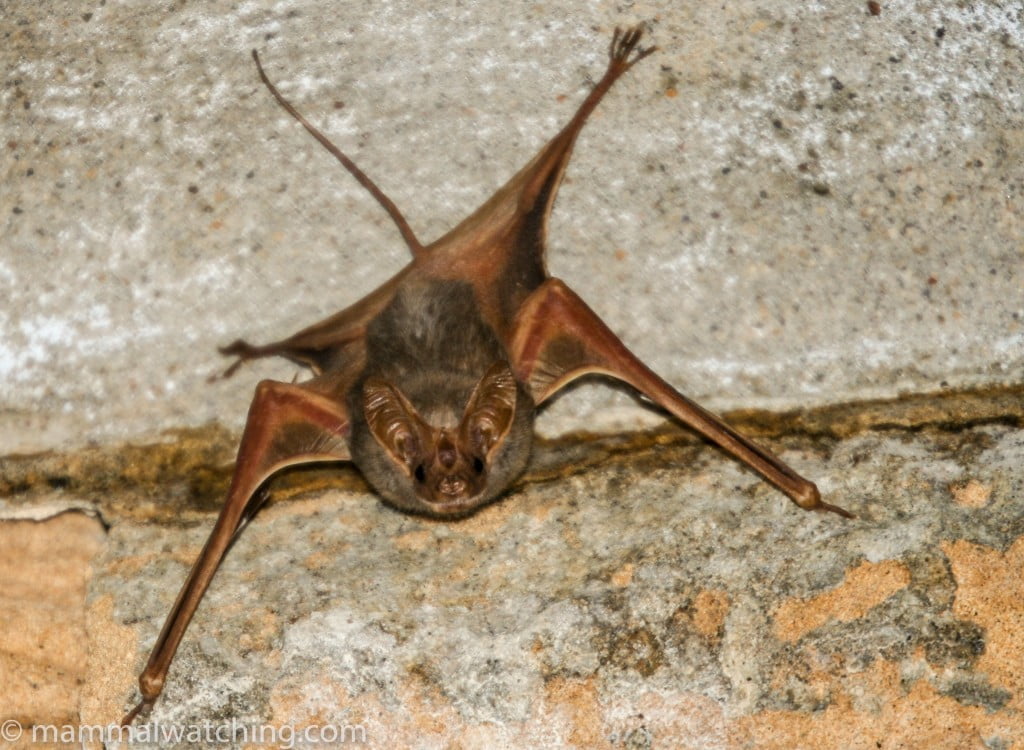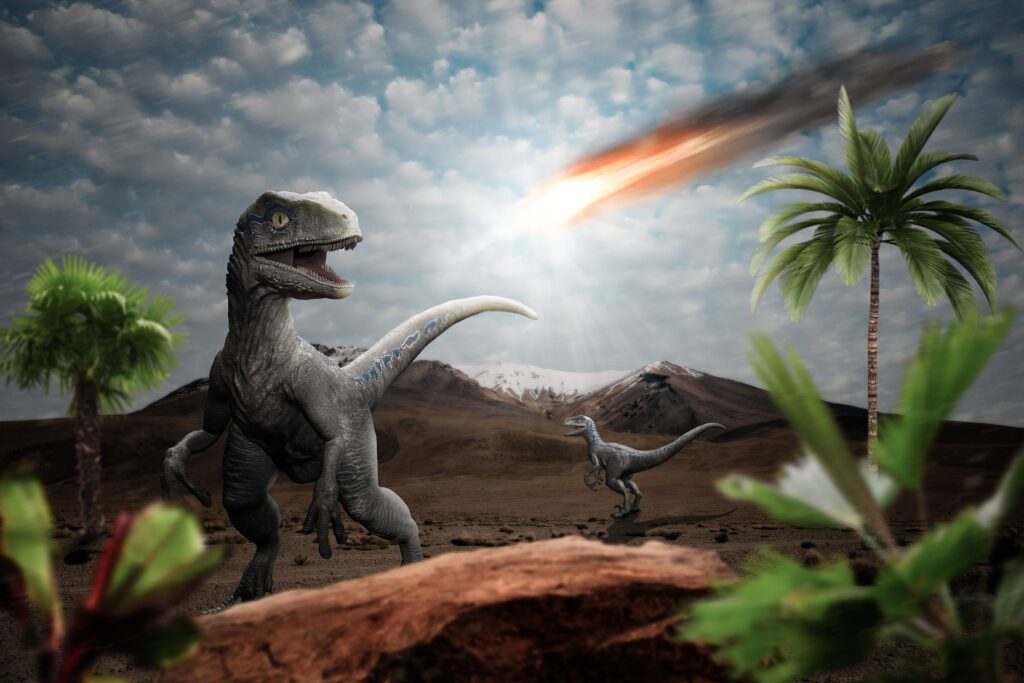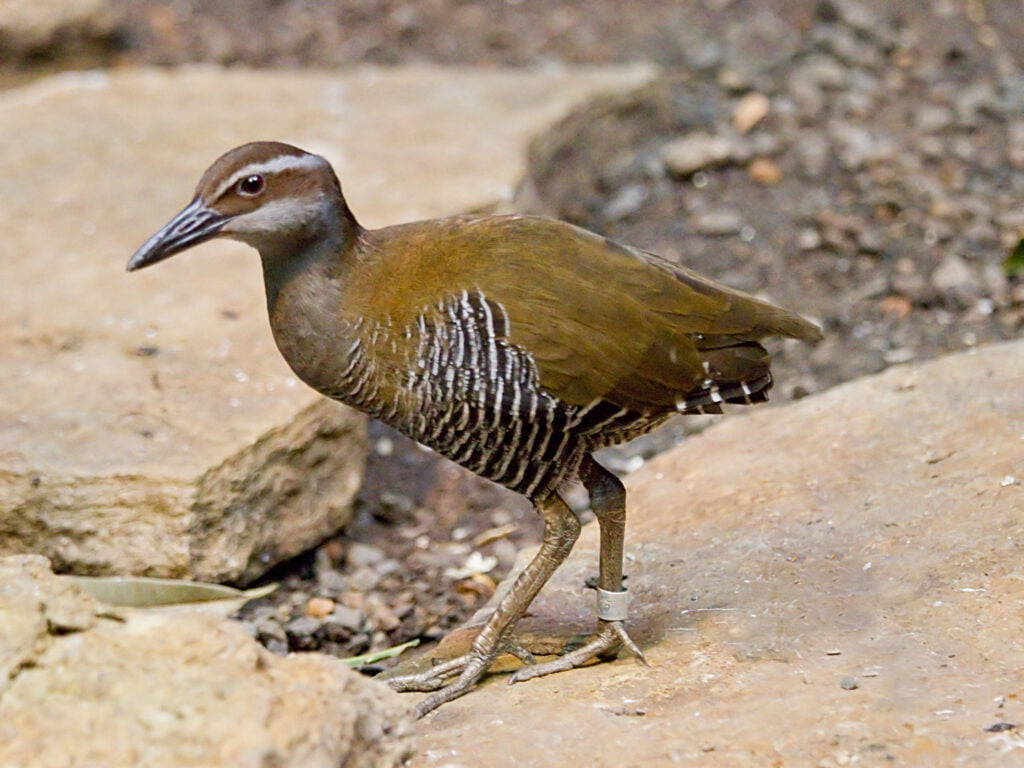Without good data and good science, it is not clear how many species we are losing to extinction.
 The discovery of this bat in Algeria did not cause a sensation in the media or the scientific literature. : Jon Hall, mammalwatching.com
The discovery of this bat in Algeria did not cause a sensation in the media or the scientific literature. : Jon Hall, mammalwatching.com
Without good data and good science, it is not clear how many species we are losing to extinction.
Young scientists dream of discovering and naming a new animal or plant species. Imagining themselves, Indiana Jones-like, sketching a colourful bird in a leather notebook in the heart of the jungle. But most often, the process is about being the first person to look at, let’s say, a tiny parasitic flatworm through a microscope lens. The discovery comes of long hours taking measurements from hundreds of specimens, and scrolling through thousands of photocopied pages of almost-forgotten literature to double-check if someone, at a small university, maybe in Russia, had been looking at the same worm half a century earlier.
A vital scientic task, describing and cataloguing new species is technical, challenging and yet poorly rewarded. Most of the undescribed species are invertebrates – such as insects and parasites. But even a discovery of a new mammal species does not end up in a top ranked scientific journal, let alone the front page of the news. Records of new species end up in highly specialised journals. Precisely because of their specialisation, such journals have very low scores in the competitive world of scientific publishing. Scientists are constantly evaluated on the basis of such scores, so even an excellent taxonomist has much slimmer chances of being promoted or of landing a grant than a mediocre scientist working across disciplines. Some taxonomists have even put the right to name new species for sale on Ebay to finance their research and give it more attention.
Now, taxonomists’ work is about to get a lot easier – for all the wrong reasons. Animals are going extinct faster than taxonomists can describe them.
A conservative estimate is that there are around nine million species on Earth. Our current knowledge is likely less than 20 percent of that. It is estimated taxonomists catalogue about 8,000 new species each year. However, knowing that a species exists is not the same as having a clear picture of whether the species is endangered. For the majority of known species, we have no information on their conservation status. The International Union for the Conservation of Nature keeps a record of how endangered species are, known as the ‘Red List’. But the IUCN has only assessed the conservation status of less than 150,000 species – that’s less than 5 percent of known species. Around 40,000 of those are threatened.

Some claim that we are in the midst of the 6th mass extinction, exactly as it happened to dinosaurs some 65 million years ago. Looking at the number of extinctions ever documented in the present day fauna — a non impressive 900 species — the situation does not seem so dramatic. But let us take a few steps back.
If we focus on extinction rate instead of on number of documented extinctions, a totally different picture emerges. Scientists do not agree on what fraction of global diversity we are losing every year. But even looking at the most conservative estimates is not encouraging, showing that up to 0.01 percent of species might go extinct every year, or more than one species an hour. Other estimates are much gloomier than this, with yearly extinction rate going up to almost 0.8 percent.
Advances in molecular and artificial intelligence techniques can detect the presence of species by scanning soil or water samples for tell-tale DNA fragments, or by analysing sound recordings. These new technologies offer unprecedented opportunity to map diversity at the global scale and accelerate taxonomic efforts. They will also help refine current estimates of species numbers, getting closer to the true value. However, such techniques cannot be considered a replacement for formal species descriptions. DNA sequences retrieved from environmental samples need to be compared with available reference datasets, which are still far from covering the known diversity of life. Finding a DNA sequence which has no match in genetic databases does not necessarily equal the discovery of a new species. And, a DNA sequence without any specimen doesn’t count towards filling the gaps of undescribed species.
Putting all these factors together suggests the time when all life on Earth will be described might come somewhere in the middle of next century. But this catalogue will be a critically impoverished 30 percent of the present-day diversity. A mass extinction is considered to have occurred when three-quarters of species have gone extinct. This is predicted to occur just a few decades later.
The possibility that a conspicuous portion of global diversity will be snuffed out before ever being recorded is real. But while taxonomists may clarify which species we are losing in the mass extinction that is already underway, the fact remains it will occur regardless of whether the species extinguished had a name.
Thanks to some of the new tools for species detection, scientists have an increasing availability of data on global patterns of species diversity and rarity, which they can combine with climatic and ecological models to both predict future trajectories of species loss and inform conservation planning. In the foreseeable future, the new molecular techniques will be able to assess changes in abundances of known species. Natural communities are extremely complex, and gaining a better understanding of such complexity is key to tackle at least some of the many challenges our planet is currently facing.
Umberto Eco finishes his novel The Name of the Rose with the Latin sentence “Stat rosa pristina nomine, nomina nuda tenemus”. A rose exists, regardless of the name we give it. Taxonomists’ work is essential and deserves a renewed recognition from the scientific community. But, perhaps, we don’t need the identity of all the parts of the intricate architecture underlying ecological systems. Species exist, regardless of how we name them. It is a vital scientific task to name them, but taxonomic gaps need not not hinder conservation efforts and do not necessarily limit our ability to understand how the natural world works.
Giovanni Strona is associate professor of the organismal and Evolutionary biology research programme at the University of Helsinki.
Originally published under Creative Commons by 360info™.
Editors Note: In the story “World Wildlife Day” sent at: 24/02/2022 16:05.
This is a corrected repeat.












